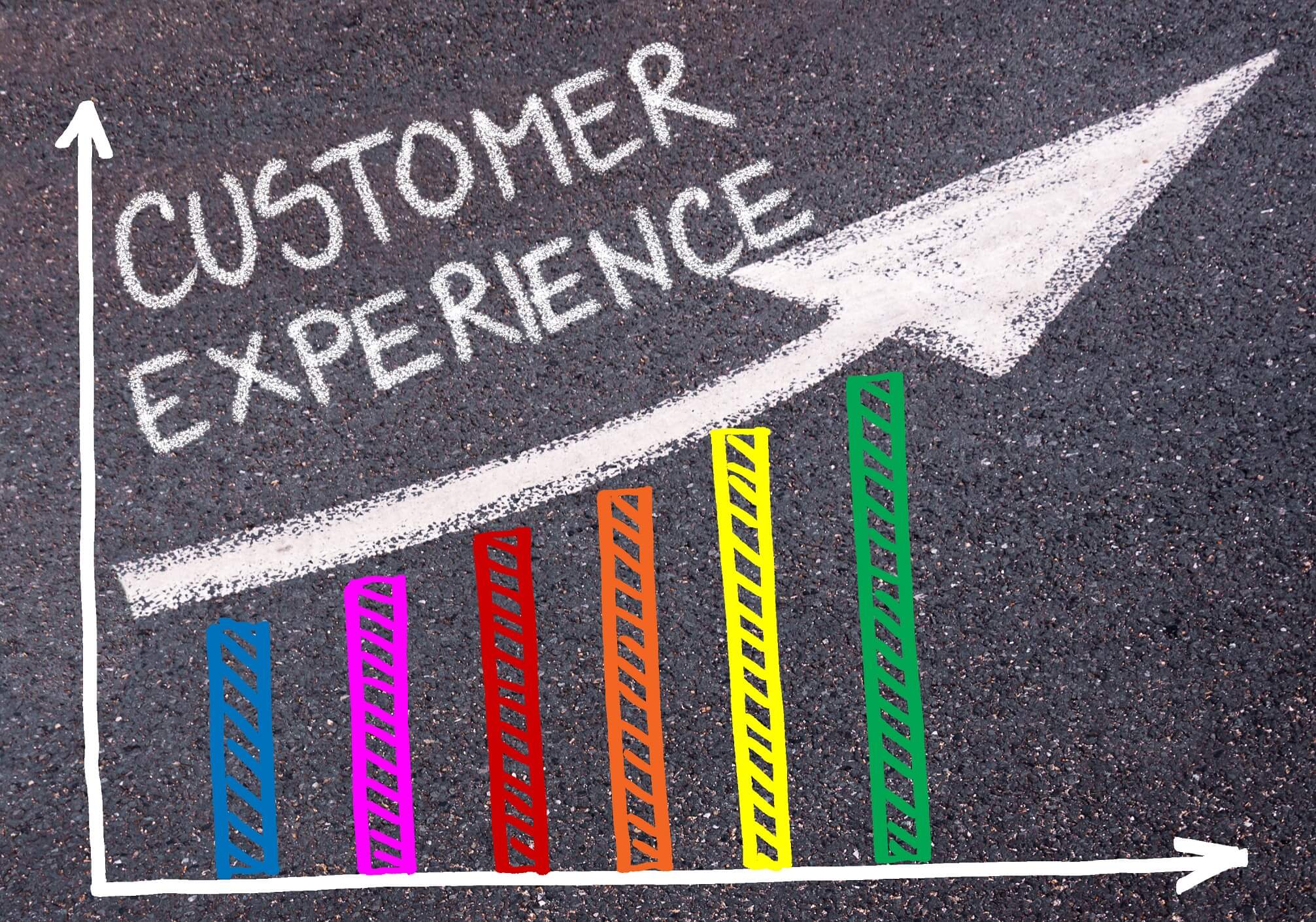
25 Jul Creating a High-Touch Customer Experience
Financial services companies are seeing a rapid shift away from the high-touch experience, particularly as banks shutter branches and rapidly shift towards a virtual model of online banking, and non-bank financial startups launch with a born-in-the-cloud model from the very beginning. The challenge those institutions face as they embrace the inevitable is maintaining a high-touch customer experience, without the face-to-face interaction.
What is often thought of as a high-touch model though, is ineffective, not scalable and suffers from a low-information approach where customers know little about the company with which they interact, and the companies know less about their customers. Those person-to-person interactions may be friendly, but are often not as effective as they could be – and digital channels are rapidly overcoming those limitations with more effective, data-driven tools.
Fintech has reached a tipping point in this regard. Earlier digital models were less effective and less personalized, in fintech as well as in other consumer-facing industries, adhering mostly to rigid rules-based technology that may have solved 80 percent of the simplest interaction issues easily, but the remaining issues which required some level of personalization were left unsolved. The frustration consumers felt when their problems were not addressed by the rigid, rules-based menu was palpable, and caused an initial resistance to this type of automation.
The tipping point now is that the underlying data and analytics has reached a level of sophistication where it can, in fact, be even more personal than the high-touch, face-to-face experience. At the retail level for example, analytics allows retailers – both brick-and-mortar and online – to understand at a very granular level which customers want what, when they want it, and what they are likely to want in the future.
Fintech applications are embracing the same level of virtualization of the personal experience, and with great success. For example, a credit card company, using data collection and analysis, may better understand not only what their customers want, but what drives their decisions and what actions are most likely to forge an emotional connection. One credit card company for example, found that customers wanted to feel better about themselves – and instead of simply offering rewards or teaser rates, realized that millennial customers in particular (the fastest growing demographic) were especially interested in environmental issues. As a result, the credit card issuer leveraged that emotion to issue one of the first credit cards in the industry which focused on environmental causes – where cardholders accrue rewards that, instead of being used to buy baseball caps and tee-shirts, could be converted to environmental charities. Through this simple innovation, customers were able to give back to the environment every time they used their cards – and as a result the issuer was able to forge a much more personal experience.
The high-touch model now being embraced by financial services firms has shifted towards that digital model – and the results have been beneficial for the institutions themselves, which are more profitable in an increasingly competitive environment; and beneficial for consumers, who are seeing offerings that resonate more directly with their desires and emotions.



No Comments